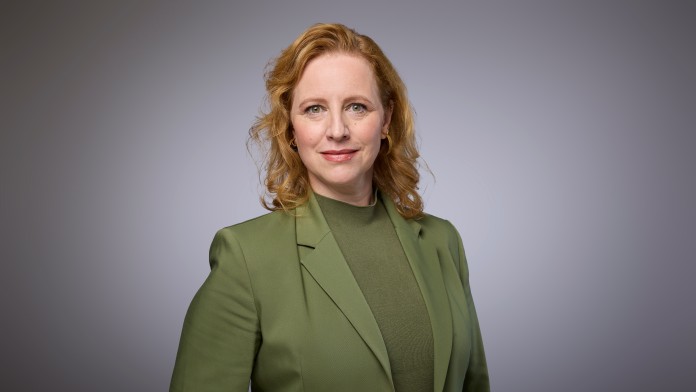Press Release from 2015-12-01 / Group
KfW Business Cycle Compass: Germany’s economic growth to pick up pace in 2016
- After 1.7% growth this year, GDP is expected to grow 2.0% in 2016
- Domestic economy will remain a reliable driver
- Brightening world economy to boost exports and corporate investments
- Euro area to grow 1.5% in 2015 and 1.8% in 2016
- Risks to the economy are mostly global
Germany’s economic growth is picking up pace. After 1.7% this year, KfW Research expects 2.0% GDP growth for 2016, in line with its summer forecast for the year ahead. Growth is being driven by continuing strong domestic demand, particularly consumption. In addition, next year a significantly more favourable external environment should boost both exports and corporate investments.
“Private and public consumption remains high, exports and corporate investments are picking up pace and for 2016 I finally see the turning point for government investment, which has been weak since 2011. All of that will put a ‘two’ before the decimal point in Germany’s economic growth”, said Dr Jörg Zeuner, Chief Economist of KfW Group.
Consumption will remain the main driver of Germany’s economy in the year ahead. Private consumption continues to soar as the labour market is in good shape, the number of employed persons is rising and the current influx of asylum seekers can make a positive contribution to the labour force potential in the long term. Substantial wage and salary increases are also providing real purchasing power growth as the inflation rate is still very low – particularly due to energy prices – while the low-interest environment offers little incentive to save.
In addition to private consumption, government consumption is bolstering the economy as well. In the third quarter of 2015 it grew at the highest rate since early 2009 (+1.3% on the previous quarter) and will continue to rise significantly as a result of the additional expenditure caused by the refugee influx. This includes, in particular, expenditure on additional staff in the public service and social transfers in kind for refugees, for instance in the health sector.
KfW Research expects public investment, which has been on a disappointingly low level for years, to pick up again in 2016. The municipal investment initiative launched by the German Federal Government and the infrastructure investments provided for under the Juncker Plan, along with rising tax revenues, should contribute to this increase. Corporate investments will also grow again in 2016 amid increasing capacity utilisation while emerging economies’ performance is expected to improve and Europe’s recovery continues.
The ‘two’ before the decimal point will come within reach in the euro area next year (KfW forecast: GDP growth of 1.5% in 2015; 1.8% in 2016). “It is pleasing that the growth rests on a broad regional basis. Besides Germany, France, Italy and Spain will also step up production. However, the consequences of the many years of weakness are by no means overcome. Further efforts must be undertaken to reduce the continuing high unemployment levels”, said Zeuner.
Most of the risks to the German economy come from global sources. “Possible political controversies in Europe arising from the refugee influx, insufficient successes in the reforming countries or the threat of a Brexit may undermine trust in the recovery, as may unfavourable geopolitical developments, such as in the event of new terror attacks”, said Chief Economist Zeuner. What cannot be ruled out either, he said, was that an excessively fast tightening of interest rates in the USA or commodity price volatilities could unexpectedly send the global economy into a new downturn.
The current KfW Business Cycle Compass Germany is available for download at: www.kfw.de/konjunkturkompass.


Share page
To share the content of this page with your network, click on one of the icons below.
Note on data protection: When you share content, your personal data is transferred to the selected network.
Data protection
Alternatively, you can also copy the short link: https://www.kfw.de/s/enkBbm2w.BMkA
Copy link Link copied